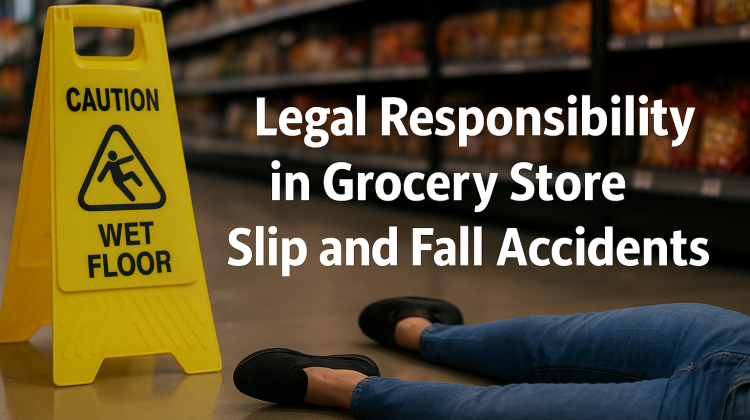What Are Opioids?
Prescribed for especially painful conditions, opioids are a form of narcotic pain medication. By binding to opioid receptors in the brain, spinal cord, and other areas of the body, they reduce the intensity of pain signals that reach the brain, thus reducing the feelings of pain. Common forms of opioids include hydrocodone, oxycodone, morphine, and fentanyl.
For most of the 20th century, many medical professionals in the United States we hesitant to prescribe pain killers because they believed that long term use to treat chronic pain also came with the risk of addiction. However, by the 1990’s, many argued that doctors were undertreating their patients in regards to pain, and with the introduction of a supposedly less addictive form, OxyContin, prescribing opioids became much more of a common place. For example, the National Survey on Drug Use and Heath reported that first time opioid abusers increased from 628,000 in 1990 to almost 2.5 million by 2004.
Changes in the perception of opioids during this time period, coupled with the ease of prescribing pain medication versus convincing patients to undergo physical therapy, has led to the more widespread availability of these types of medication, both legally and illegally.
Although Prince’s unfortunate death has thrust the issue of opioid abuse and deaths into the spotlight, this epidemic it is far from anything new in the United States. According to the American Society of Addiction Medicine, drug overdose is one of the leading causes of accidental death in the United States, especially pain relievers which were responsible for almost 19,000 overdose deaths in 2014.
And sadly, this historical problem isn’t getting any better. The National Drug Control Strategy 2015 Data Supplement from The White House shows that the number of deaths involving opioids has increased every year since 1999.
Opioid Related Deaths in the United States (1999-2013)
Clearly this is an issue that deserves attention, but many are divided on where the focus should be. Is the problem related more to these drugs getting into the wrong hands or has there been a failure in having proper treatment for those with addiction?
In a study done by Johns Hopkins Bloomberg School of Public Health, researchers found that news coverage paints opioid abuse as more of a criminal justice issue, with 64% of stories mentioning law enforcement, 41% mentioning prevention, and only 3% mentioning expanding treatment. However, a survey done by Pew Research Center in 2014 found that 67% of Americans believe that the government should focus on treatment over prosecuting drug crimes.
And certain states are taking this message to heart. According to George H. Ramos, Jr., a drug crimes defense attorney in southern California, certain laws have been passed in California in an effort to reduce the severity of punishment and focus on rehabilitation. Proposition 47, also known as the “Safe Neighborhoods and Schools Act”, mandates misdemeanors instead of felonies for particular non-serious, nonviolent crimes, applicable to certain offenders. Steve’s Law is another example, which was named after Steve Rummler who died of an opioid overdose in 2011. The law both arms first responders with Narcan, an opiate antidote which can save someone who is overdosing, and provides immunity from criminal prosecution to those who call 911 in an attempt to save someone’s life.
From news media and public opinion to state laws, there is little consensus on how to handle opioid abuse in the United States even though it has quickly become a huge problem. Regardless of your stance on the issue, no one enjoys seeing their fellow Americans suffer, whether that means addiction or eventual death, and a unified stance on how to manage the issue is needed to make real strides towards change in the future.





No Comment